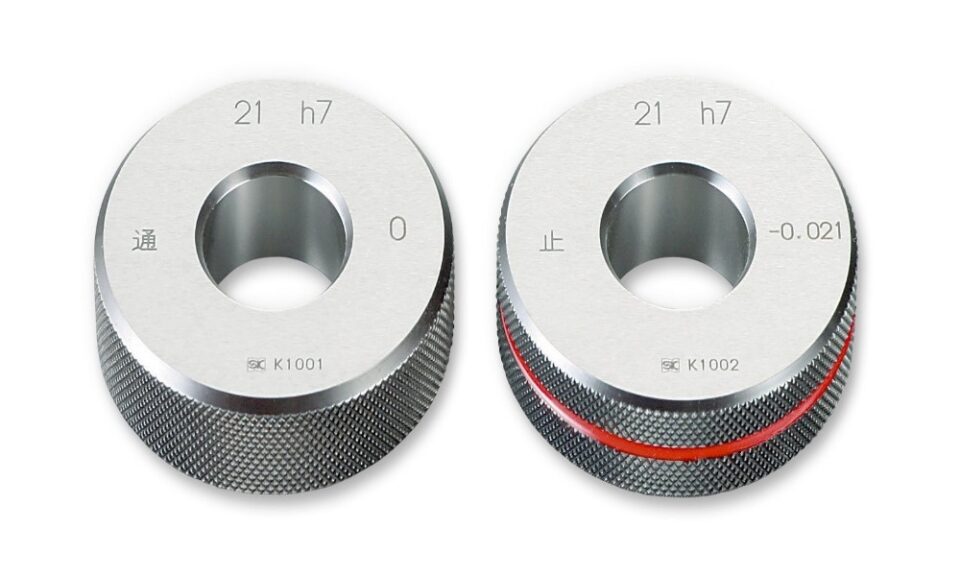Metric thread tapping is a widely used process in various industries for creating internal threads in components. Whether it’s for manufacturing machinery, assembling electronic devices, or constructing automobiles, Metric thread tap plays a crucial role in ensuring secure fastenings. However, this process comes with its own set of challenges.
Tool Wear and Breakage
One of the significant challenges encountered in metric thread tapping is tool wear and breakage. As the tap cuts into the workpiece material, it undergoes significant stress and friction, leading to wear and, eventually, breakage. This can result in poor thread quality and increased downtime due to tool replacement.
To address this challenge, it is essential to use high-quality taps made from durable materials, such as high-speed steel (HSS) or carbide. Regular tool inspection and maintenance should be performed to detect signs of wear and prevent catastrophic failures. Additionally, optimizing cutting parameters, such as feed rate and cutting speed, can help reduce tool wear and extend tool life.
Chip Evacuation
During metric thread tapping, chips are generated as the tap cuts into the material. If these chips are not effectively evacuated, they can accumulate in the flutes of the tap, leading to chip jamming and breakage. This can result in poor thread formation and the need for rework.
To overcome chip evacuation challenges, the use of suitable cutting fluids or lubricants is crucial. These fluids help in cooling the tap and workpiece, reducing friction, and aiding chip evacuation. It is important to select a cutting fluid that is compatible with the workpiece material and tap type. Additionally, proper chip evacuation can be facilitated by using taps with spiral or spiral point designs, which provide efficient chip removal.
Thread Dimensional Accuracy
Achieving accurate thread dimensions is essential for ensuring proper fit and functionality of threaded components. However, maintaining dimensional accuracy during metric thread tapping can be challenging due to factors like tool deflection, workpiece variations, and thermal expansion.
To ensure thread dimensional accuracy, it is important to select UN thread taps with appropriate geometries and dimensions. High-precision taps with reduced cutting forces can help minimize tool deflection. Additionally, using rigid work holding techniques and stable machining setups can minimize workpiece variations and reduce the chances of thread distortion.
Thread Surface Finish
The surface finish of metric threads is critical, particularly in applications where components need to be tightly sealed or experience sliding contact. Poor thread surface finish can lead to leakages, reduced torque transmission, or premature wear.
To improve thread surface finish, selecting taps with specialized coatings or surface treatments can be beneficial. These coatings, such as titanium nitride (TiN) or diamond-like carbon (DLC), reduce friction and improve wear resistance. Additionally, optimizing cutting parameters, such as reducing feed rate or increasing cutting speed, can help improve the thread surface finish.
Conclusion
Metric thread tapping is a fundamental process in many industries, but it comes with its share of challenges. From using high-quality tools and cutting fluids to optimizing cutting parameters and ensuring dimensional accuracy, addressing these challenges will lead to improved thread quality, reduced downtime, and increased productivity in metric thread tapping processes.

